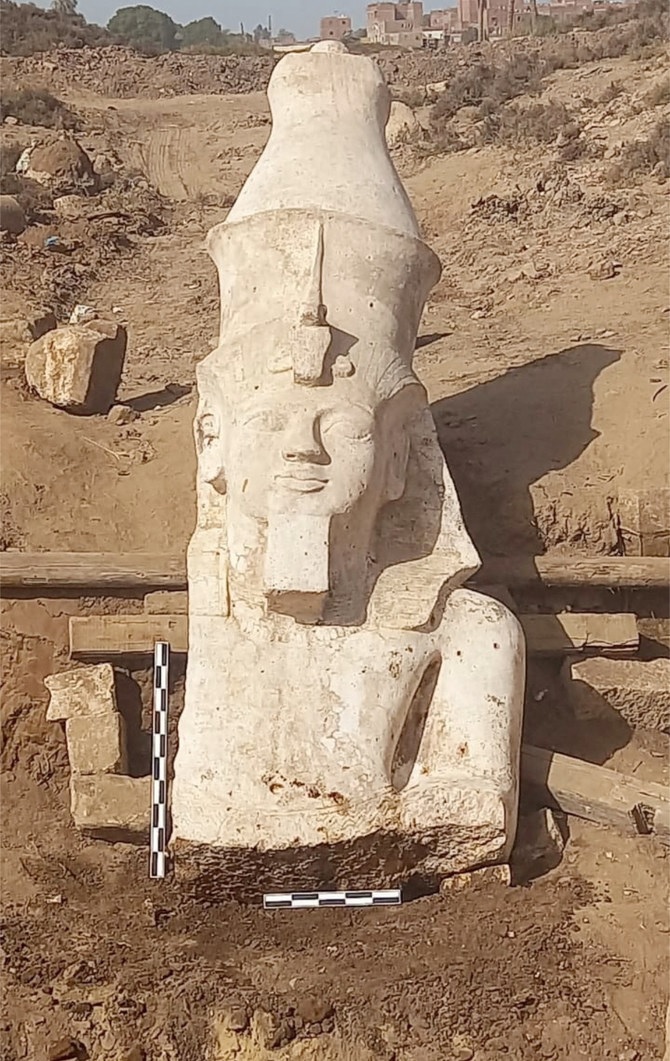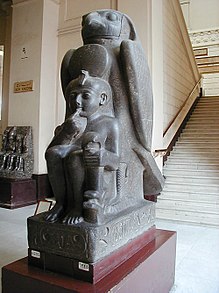
Secretary General of the Egyptian Supreme Council of Antiquities Mostafa Waziri said the upper part of the 3.8 m high limestone statue, discovered in the southern province of Minya, matches the lower part of the Pharaoh statue. Egypt was discovered in 1930. The statue simulates the portrait of Pharaoh Rames II wearing two crowns symbolizing Upper and Lower Egypt, meaning he is the king of unified Egypt. In addition, on a crown is carved a cobra which is the symbol of the Egyptian Royal Family. Behind the statue is a column engraved with hieroglyphic inscriptions with titles honoring Pharaoh Ramses II and inscriptions indicating the time the statue was carved.

According to the Egyptian Ministry of Tourism and Antiquities, if the upper and lower parts are combined, the entire statue of Pharaoh Ramses II will be 7 meters high.
Pharaoh Ramses II, also known as Ramses the Great, was one of the most powerful and revered Pharaohs in ancient Egyptian history. He was the third Pharaoh of the 19th Dynasty of Egypt, ruling from 1279 – 1213 BC. He led many major operations, expanding the Egyptian Empire from Syria in the East to Nubia in the South.






